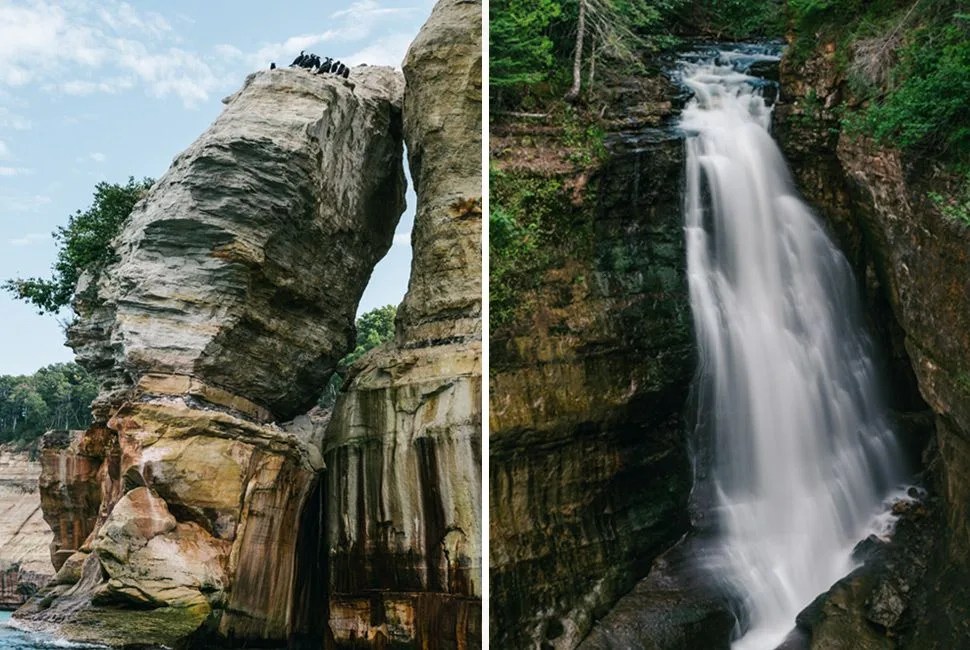1 photo
For a complete travel guide to Lake Superior — the roads along its shoreline, the best places to stay and eat, a checklist of activities and adventures — subscribe to the Gear Patrol magazine, which includes a full chapter of stories about the region, exclusive to print. – The Editors
The state of Michigan has the second-longest coastline in the entire United States, behind Alaska. Of course, the state cheats a little by spreading out over two full peninsulas that border no less than three of the Great Lakes, but bragging rights aside, it makes for a great playground. The Lower Peninsula, aka “The Mitten,” is more populated, with big cities, college towns and wineries to go with its lighthouses and beaches. The Upper Peninsula, or UP, is a world apart, especially its northern Lake Superior coastline. Only 3 percent of the state’s population lives here despite it being nearly a third of its land mass. It is a wild place of sand dunes, shipwrecks, moose and distinctive cuisine and dialect.
At the eastern end of the UP, Whitefish Point juts north into the lake, creating a bay on its lee side that has long been a safe haven for ships fleeing the storms of autumn on the lake. Those that don’t make it make up the debris-strewn underwater graveyard that is known as the Shipwreck Coast. At the old Whitefish Coast Guard station is the Great Lakes Shipwreck Museum, a campus of radio towers, a lighthouse, rescue boat buildings and a keeper’s house. Among the artifacts from the wrecks on display here is the bell of the Edmund Fitzgerald, often considered the world’s second-most famous shipwreck. The Fitz was a 729-foot ore freighter that sank in a November storm in 1975, taking the lives of her entire 29-man crew. The ship sank a mere 15 miles out in the lake from Whitefish Point; standing on the rugged beach here is a chilling experience.
Heading due west from Whitefish, the highway carves through dense forest in a straight line for an hour, running up the spine of this narrow peninsula, with Lake Michigan to the south and Superior to the north. When the road rejoins Superior’s lakeshore again near Grand Marais, the beaches are sandy and the sea cliffs rise to towering heights. This is the start of Pictured Rocks National Lakeshore, which gets its apt name from the wash of brilliant color that streams down the sheer cliffs into the lake. From Munising, tour boats and kayaks leave on the hour all summer long to skirt below the cliffs from Miner’s Castle to Spray Falls. From iPhones to Hasselblads, more photos are taken here than anywhere else in Michigan.
Michigan’s Upper Peninsula is like nowhere else, and let’s hope it stays that way.
The UP was largely settled by Finns, Eastern European and Cornish immigrants who came to work in the rich copper mines. They brought with them their dialects, customs and culture and their food. For men working hundreds of feet underground, lunch break often meant huddling in a damp dark corner and eating what you could carry. The self-contained sandwich, or personal savory pie known as the pasty, was the perfect food. Vegetables and meat baked into a pastry, it tucked nicely into a lunch pail and could be eaten in complete darkness with little fuss. Today, pasties remain a UP staple and though the copper mines are a thing of the past, a pasty is still perfect for eating in a kayak.
